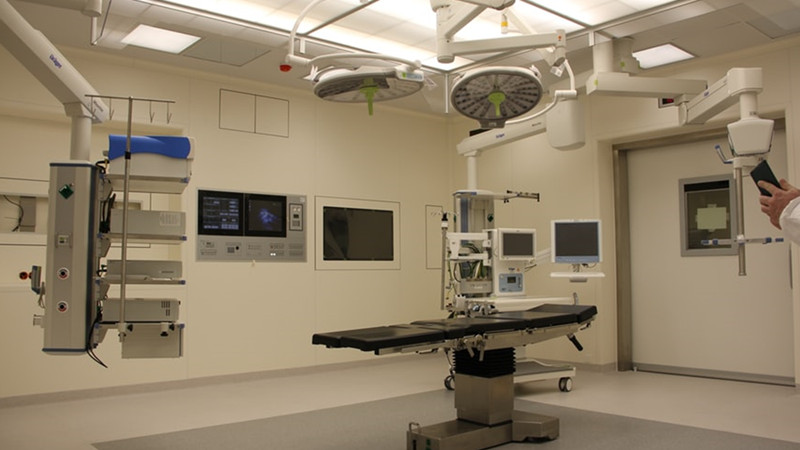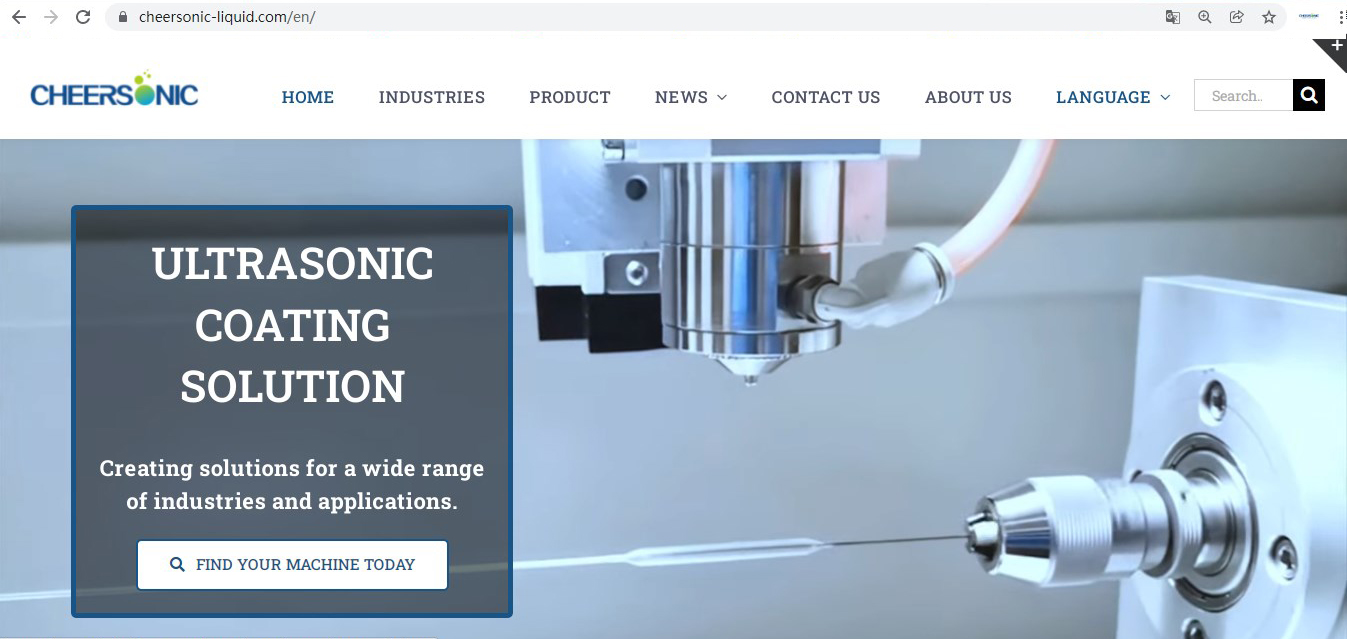The Development Potential Of Surgical Robots
The development potential of surgical robots should not be underestimated
Compared with traditional laparoscopic surgery, surgical robots have the following advantages:
1) There is no need for an assistant to support the laparoscope, but the position of the steering camera of the lens can be adjusted at will according to the wishes of the surgeon, so as to maintain a clear, stable and near-real, excellent three-dimensional image, and the obtained surgical field is intuitive and stable, which can effectively overcome the traditional abdominal cavity. The disadvantages of easy operation fatigue and inconsistent coordination between assistants and surgeons in endoscopic surgery;
2) The robotic surgery system eliminates the tremor of the operator’s hand through software processing, and converts the large-scale movement of the control handle into fine movements in the patient’s body in proportion;
3) The proper eye-hand coordination of the surgeon is restored, and the accuracy, stability and flexibility of the surgical operation are improved;
4) Doctors can operate remotely, and the operation breaks through geographical restrictions. In September 2001, the surgeon manipulated the manipulator by watching a TV screen in New York, USA, and remotely controlled the robot “Zeus” located in the operating room of Strasbourg, France, 7000km away, and successfully performed laparoscopy for a 68-year-old patient. Cholecystectomy, the success of this surgery is a milestone in telesurgery.
Surgical robots also have their disadvantages:
1) It is expensive and requires special operating rooms and specially trained personnel;
2) The operation time is relatively long;
3) Lack of tactile feedback, resulting in tissue accidental injury and suture breakage often occur; the action ratio setting, hand tremor filtering function and imaging system enable robotics to have excellent performance in small spaces and fine operations, but it requires a large amount of time. In surgeries with traction action, the manipulator often exceeds the lower limit and must be reset. In terms of cost, the low readmission rate for robotic surgery can offset some of the additional costs. In terms of operating time, it is expected to decrease as surgeons become more proficient in using robots. The shortcomings of surgical robots are expected to be overcome.

The surgical robot system has experienced three generations of development: Aesop system (AESOP, 1994), Zeus system (Zeus, 1999), and Da Vinci system (Da Vinci, 2000). The Da Vinci robot consists of three parts: the surgeon’s console, the bedside robotic arm system, and the imaging system. The chief surgeon sits in the console, outside the sterile field of the operating room, and uses both hands (by operating the two main controllers) and feet (by operating the foot pedal) to control the instruments and a 3D high-definition endoscope, the tips of the surgical instruments are Synchronized movement of the surgeon’s hands.
The da Vinci robotic surgery system is the first intelligent endoscopic minimally invasive surgery system approved by the U.S. Food and Drug Administration (FDA) for clinical surgical treatment, and it is also the most mature and widely used robotic surgery system in the world. . Intuitive Surgical, the company that produces Da Vinci robots, has a current market value of more than 60 billion US dollars and a PE (TTM) of more than 40 times. The market is also very optimistic about the future development of surgical robots.
Disclaimer: We remain neutral to the opinions in the article, which are for reference and communication purposes only. If it involves copyright and other issues, please contact us for deletion, thank you!

Cheersonic is the leading developer and manufacturer of ultrasonic coating systems for applying precise, thin film coatings to protect, strengthen or smooth surfaces on parts and components for the microelectronics/electronics, alternative energy, medical and industrial markets, including specialized glass applications in construction and automotive.
